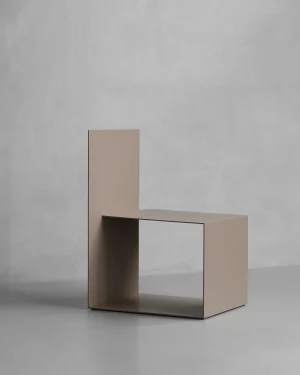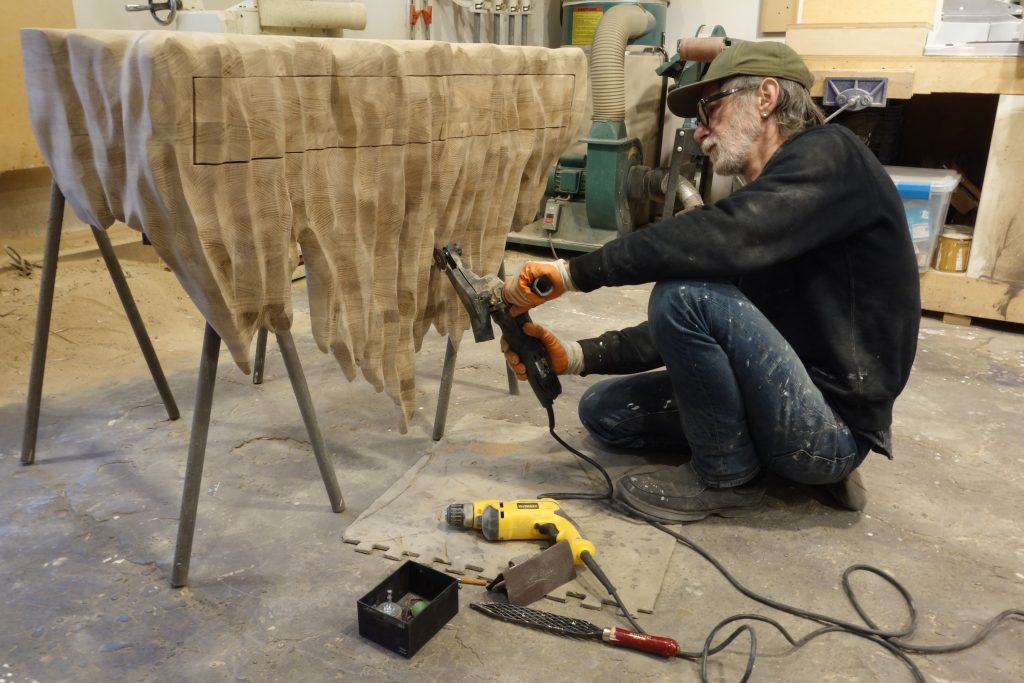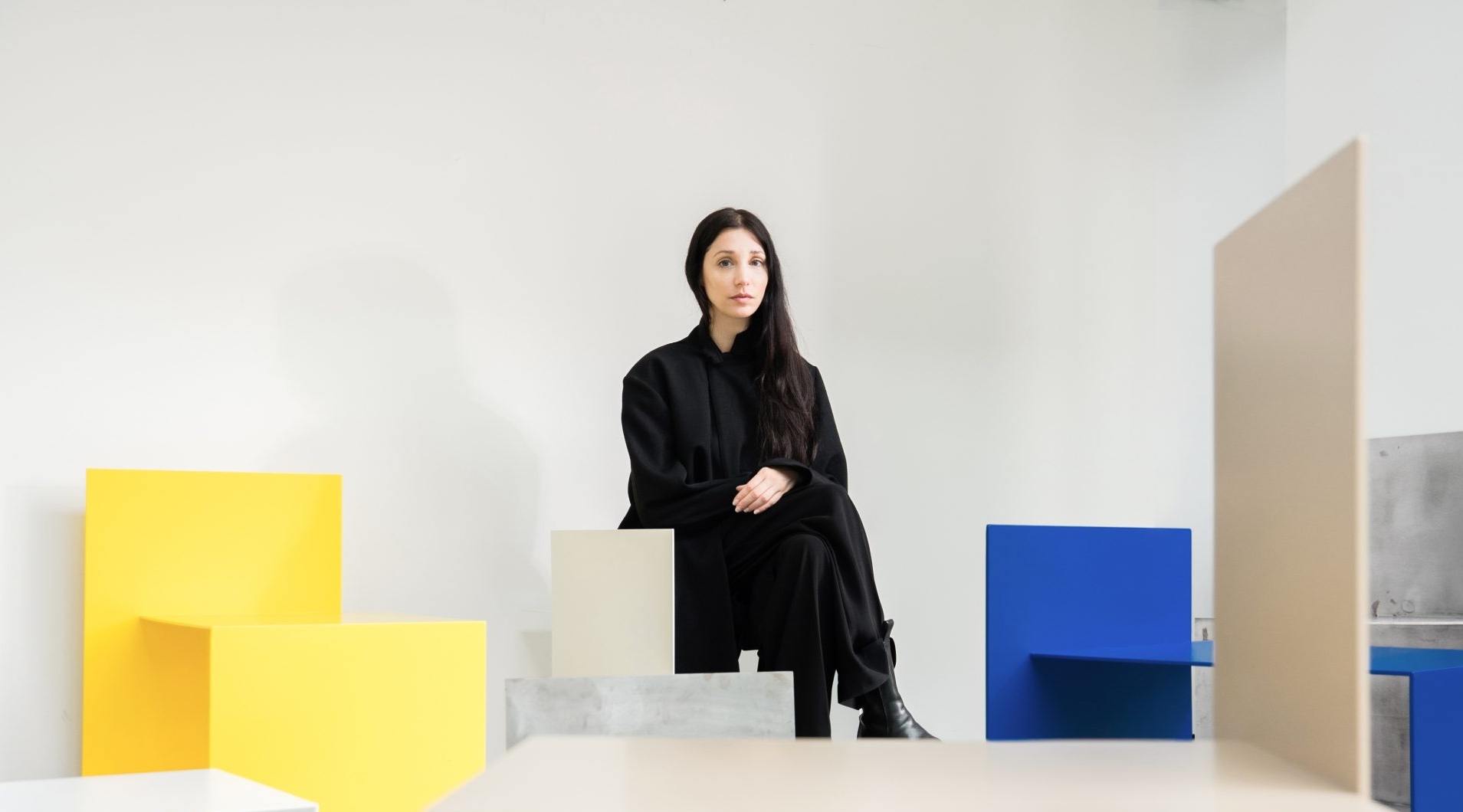
The Raum Objects: More Than What Meets The Eye
The Raum Objects is Carolin Balas Pavisic’s conceptual laboratory for spatial exploration. Located in the heart of Hamburg, the studio represents a deliberate architectural manifestation of her design philosophy. Conceived as an open, minimalist environment, it transcends traditional studio concepts.
Balas Pavisic designed the space with intentional simplicity. Blank walls serve as potential canvases, creating an adaptable backdrop for artistic expression. The studio’s architectural language mirrors her furniture design—clean lines, uncluttered surfaces, and a deliberate absence of unnecessary ornamentation. Up until COVID19 the studio functioned as a multidisciplinary platform where art, design, and creative discourse intersected. Artists, musicians, and designers were invited to inhabit and transform the space, treating it as a collaborative canvas. Now focusing entirely on The Raum Objects, the space continues to explore dimensionality with an interdisciplinary spirit. “This space is not just a studio,” she explains. “It is a living experiment in spatial potential.”
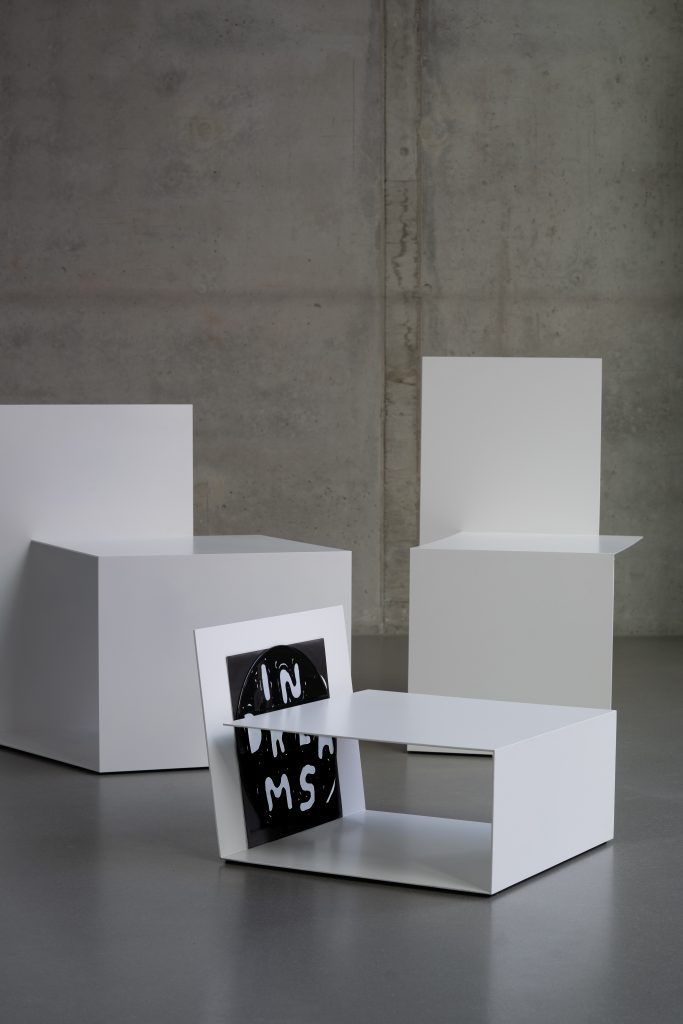





The Genesis of a Design Philosophy
Balas Pavisic’s journey defies conventional creative trajectories. Her path from photographer to furniture designer emerged from a profound fascination with spatial experience. Initially exploring environments through her camera lens, she discovered that spaces possess their own intricate languages—narratives written through light, structure, and human interaction.
Her academic thesis delved deep into living environments, examining how individuals inhabit and engage with their surroundings. Forests became her initial inspiration—complex ecosystems where every element interconnects with remarkable precision. These natural landscapes taught her about systemic relationships, a lesson she would later translate into design.
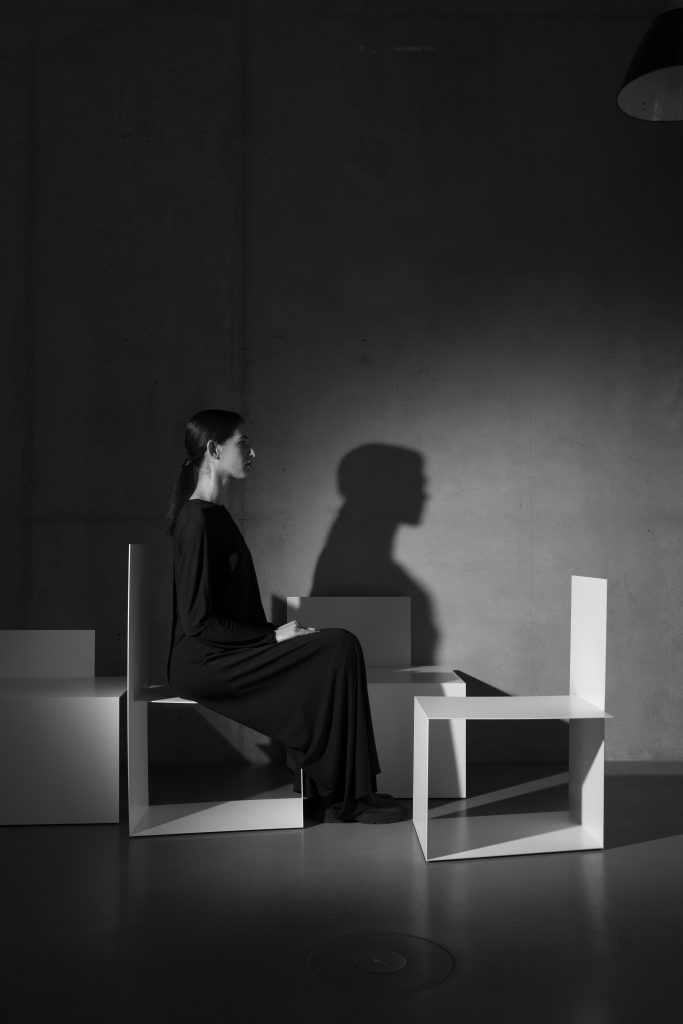

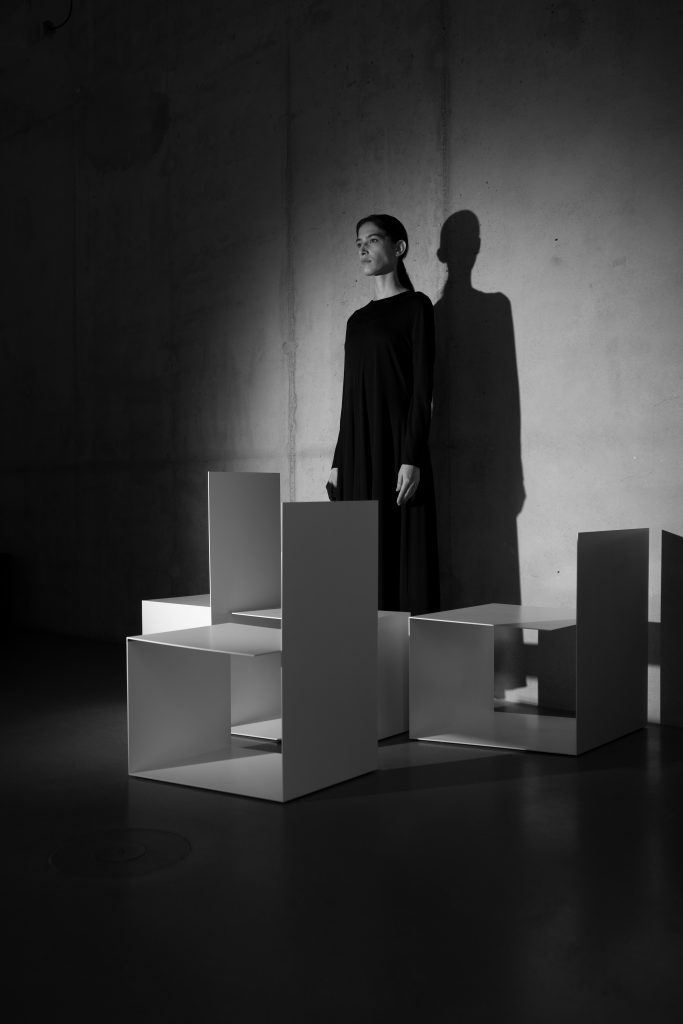

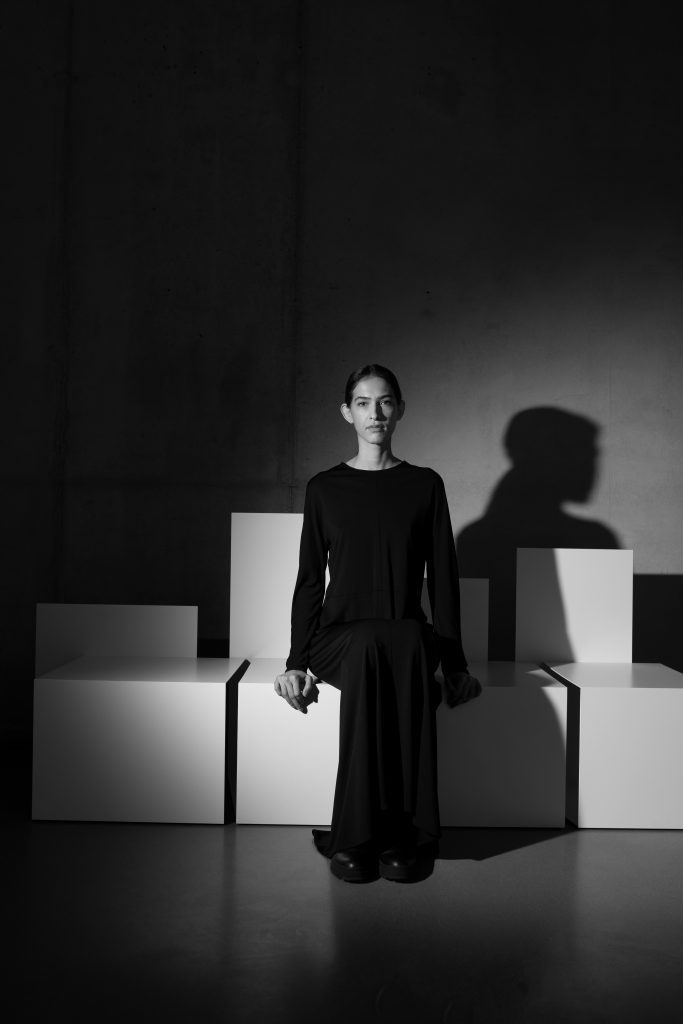

“Through my engagement with space, light, and structure, I found my vision for physical design,” Balas Pavisic reflects. Her early interior projects focused on creating flexible, minimalist spaces that challenged traditional notions of functionality.
“Our furniture pieces act as a stage where users take on the leading role. Each object invites intentional interaction, transforming the owner from a passive user into an active co-creator.”
Carolin Balas Pavisic
The Philosophical Underpinnings of Minimalism
The Raum Objects represents a radical reimagining of furniture design. Balas Pavisic’s approach emerges from a deliberate dissatisfaction with existing spatial solutions. She identifies design challenges through careful observation—noticing, for instance, how conference chairs fail to create harmonious visual lines when arranged together.
Her design process begins with critical observation. “I often feel bothered by spatial arrangements that lack visual coherence,” she explains. “This dissatisfaction drives me to transform and improve.”
The RSUP chair series exemplifies this philosophy. Seating objects that transcends function becoming interactive experiences. Each chair demands deliberate engagement, challenging users to become active participants rather than passive consumers. “They turn their owners into protagonists, becoming their conceptual projection surface” she states. The chairs can transform into benches through a deliberately slow process that requires strength and mindfulness.
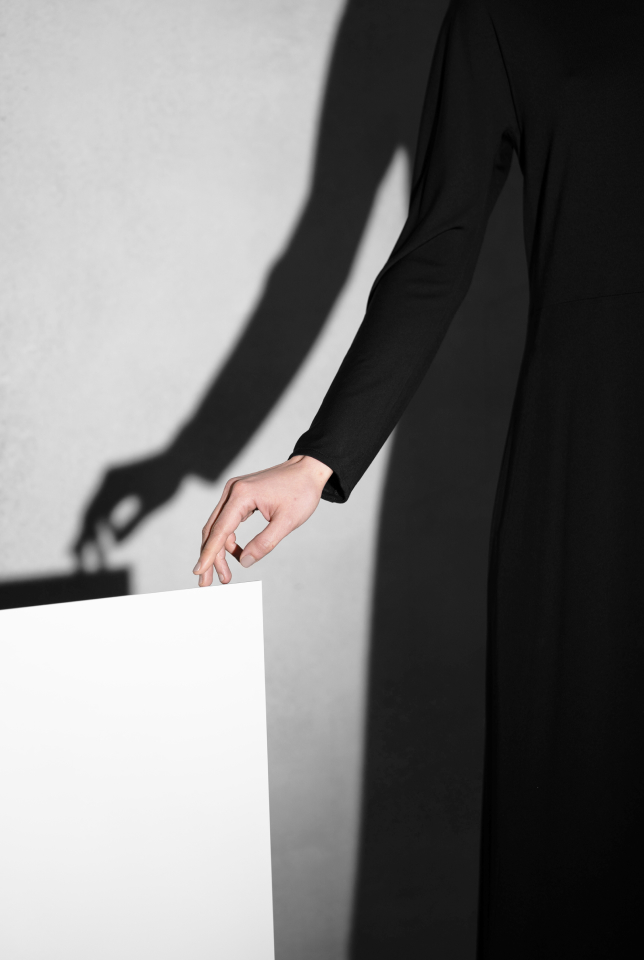



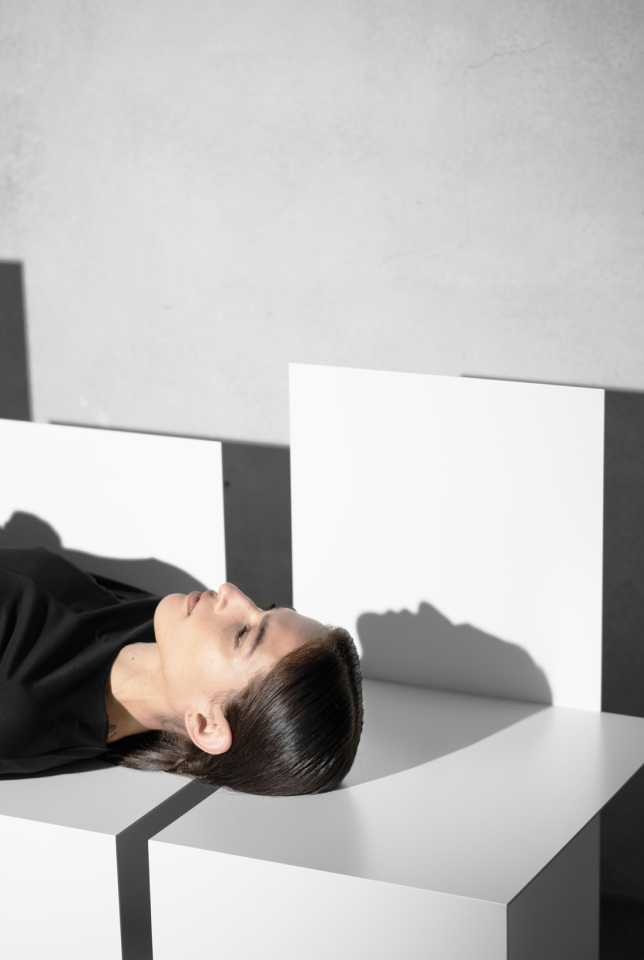

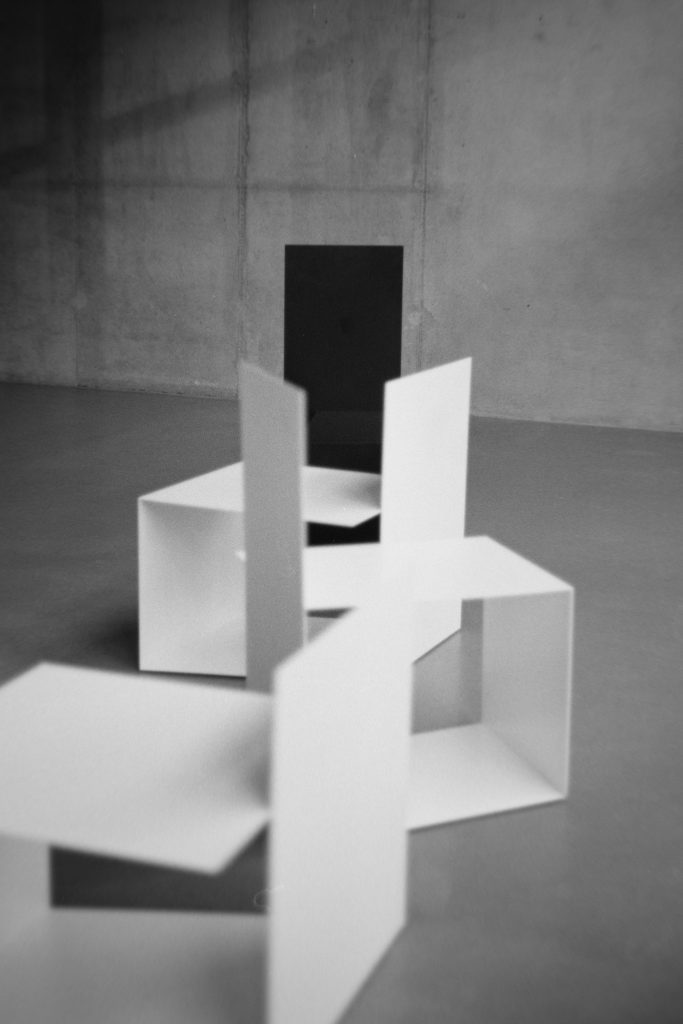

The Initial Collection: Functional Sculptures
The Raum Objects collection introduces five multifunctional objects: RSUP 1, 2, 3, and 4: Sculptural chairs with transformative capabilities and RTUP 1: A complementary side table available in a carefully curated color palette: Canola Yellow, Grey Beige, Bright Red, Gentian Blue, Steel Blue, Anthracite Grey, Jet Black, Signal White.
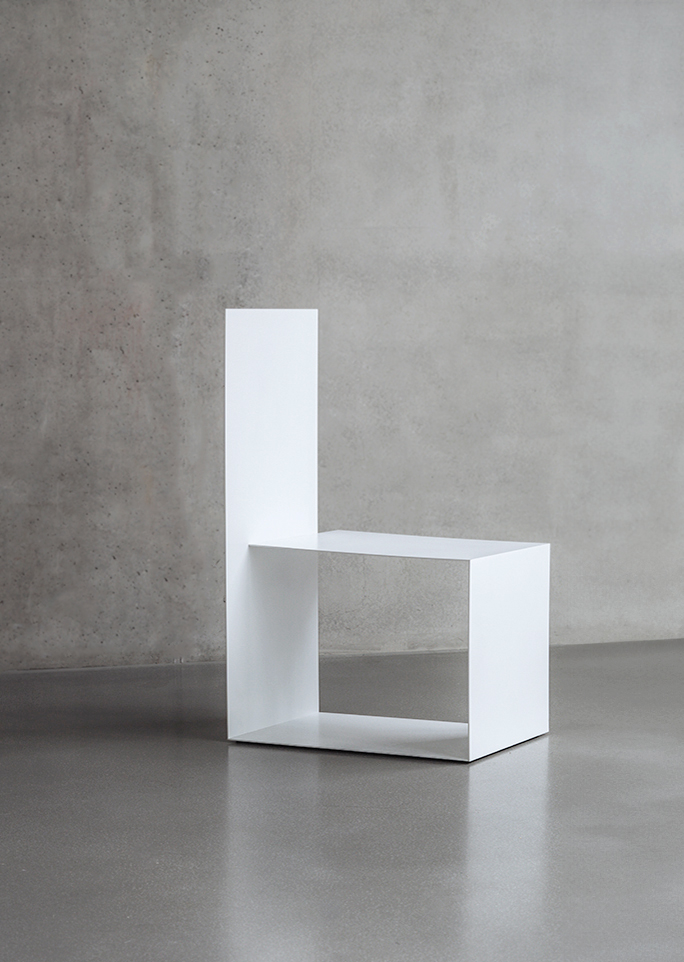

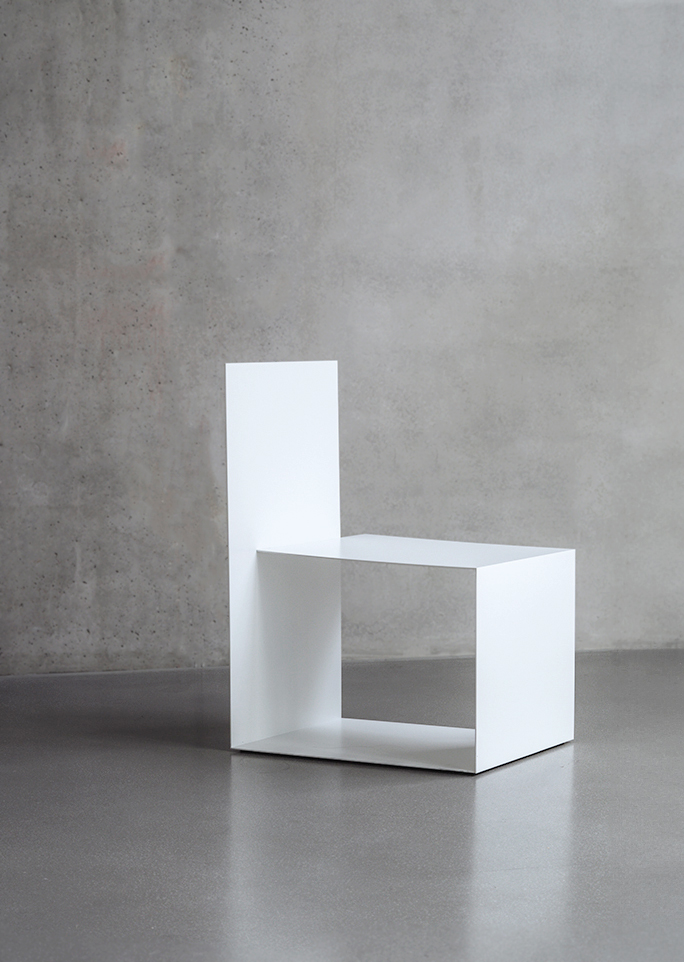

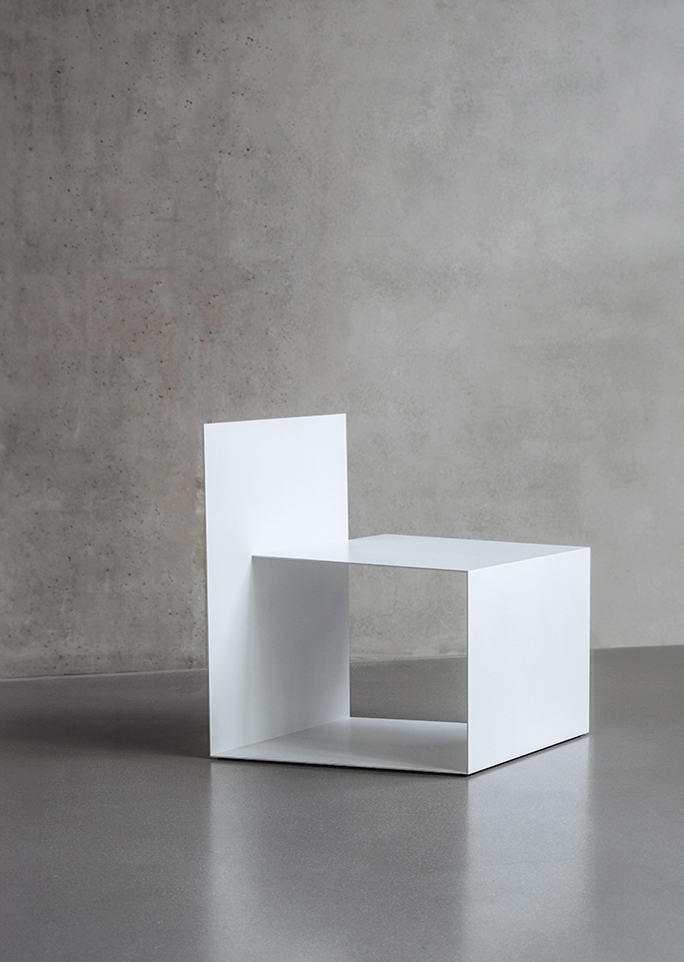



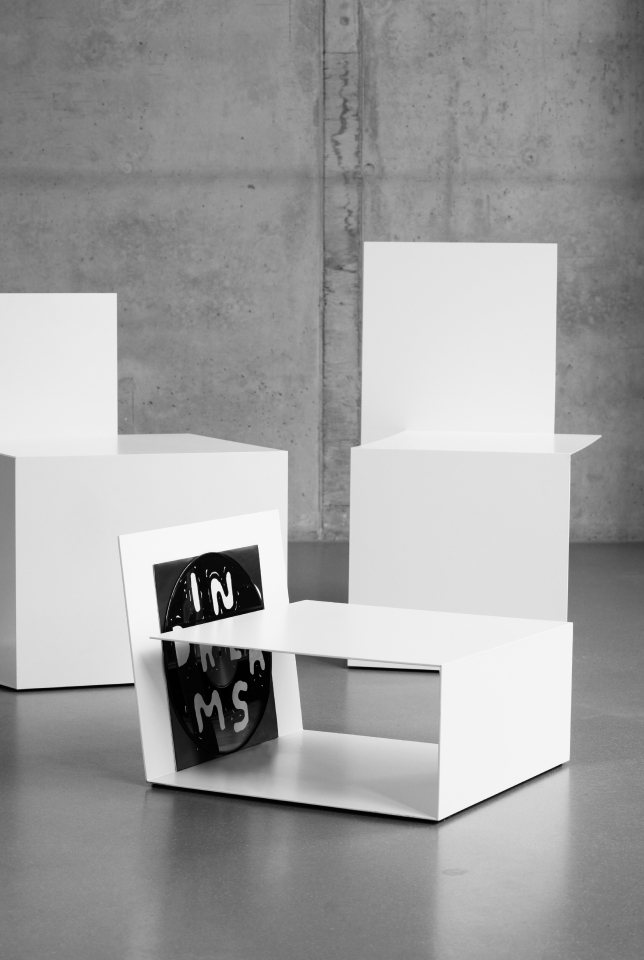

Color as Narrative Language
Balas Pavisic’s color selections are far from arbitrary. Inspired by childhood memories—particularly George Nelson’s vibrant Marshmallow Sofa—she uses color as a critical design element. Canola Yellow and Gentian Blue become more than pigments. They are strategic communications that animate her minimalist forms. “Color gives character to designs,” she states. “It makes objects come alive.”
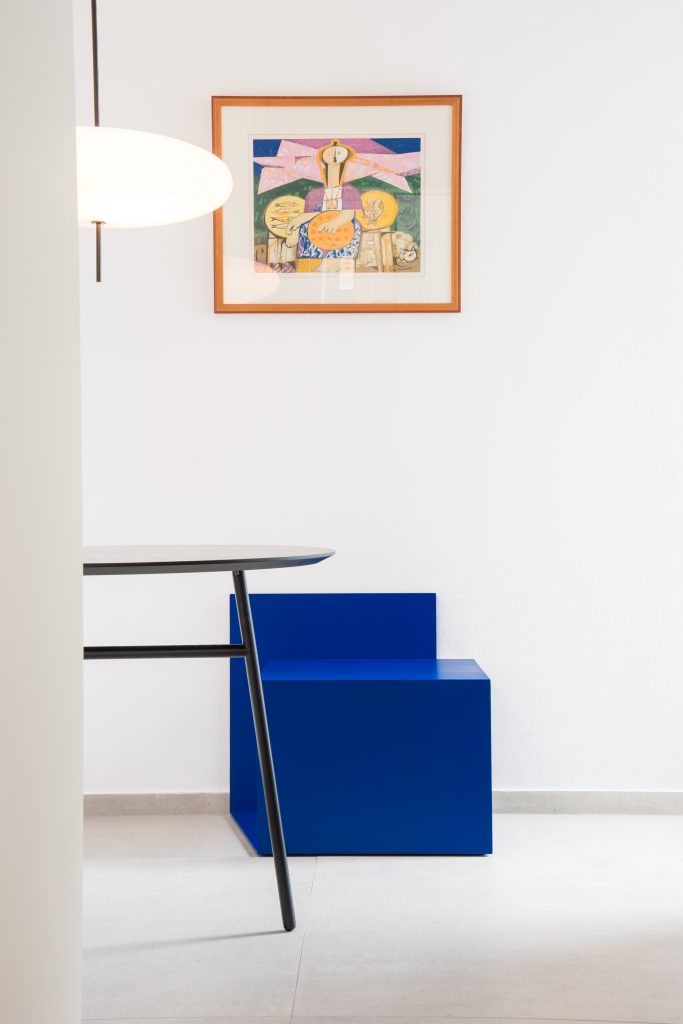

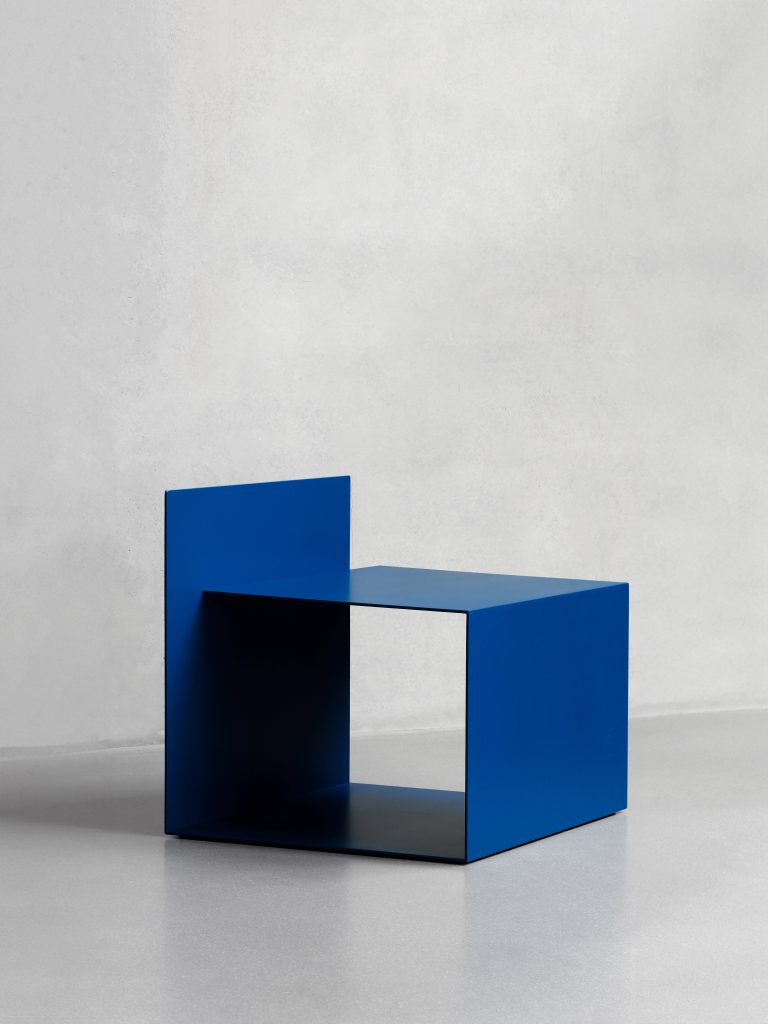



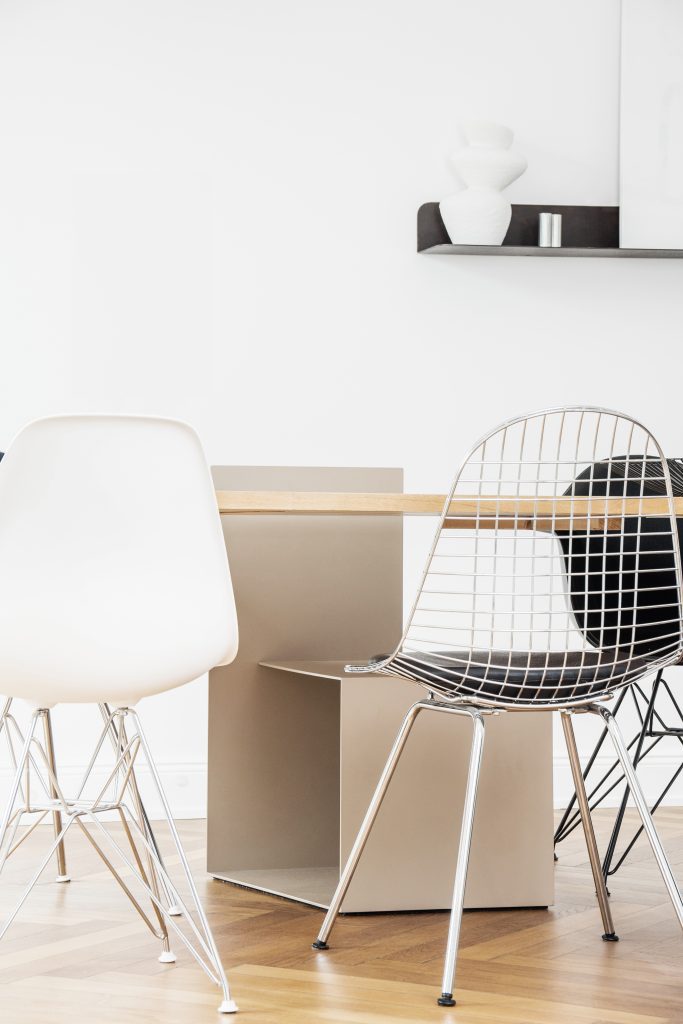

Sustainability as Ethical Practice
Local production represents a core commitment for The Raum Objects. Despite challenges, Balas Pavisic insists on maintaining close relationships with local manufacturers. This approach allows her to personally inspect each piece, ensuring quality while supporting regional economic ecosystems.
Carolin’s sustainable approach goes beyond material selection. It represents a holistic understanding of design’s broader implications—considering environmental impact, human labor, and long-term utility.
The studio’s flexible configuration allows for constant reimagination. Exhibitions, musical performances, and design workshops emerge organically within its minimalist framework. These interdisciplinary interactions directly influence Balas Pavisic’s design thinking, creating a continuous feedback loop between spatial experience and object creation.
Critically, the studio represents Balas Pavisic’s transition from intangible to physical spatial design. Where her photographic work once captured spatial narratives, the studio becomes a three-dimensional exploration of those same principles—light, structure, and human interaction.
Recognition and Future Trajectory
Winning The German Design Award in 2024 and European Product Design Award in 2023 validated Balas Pavisic’s unconventional approach. While these accolades provide professional recognition, they more importantly represent affirmation for an artist who frequently wrestles with creative self-doubt.
“These awards reassure me that my work resonates with those who understand design,” she says. “They demonstrate that my intentions can be comprehended.”




A Design Aesthetic Rooted in Imperfection
Influenced by 1920s expressionist films and classic art, Balas Pavisic embraces imperfection as a core aesthetic principle. Her “Unperfekt Perfekt” concept challenges societal obsessions with flawlessness. Furniture pieces intentionally deviate from standard measurements—chairs with unconventional heights, tables that subtly disrupt expected interactions.
The interplay of light and shadow becomes crucial in her designs. Depending on daily environmental shifts, her pieces transform, never remaining static. This dynamic quality reflects her belief that beauty emerges through movement and interpretation.
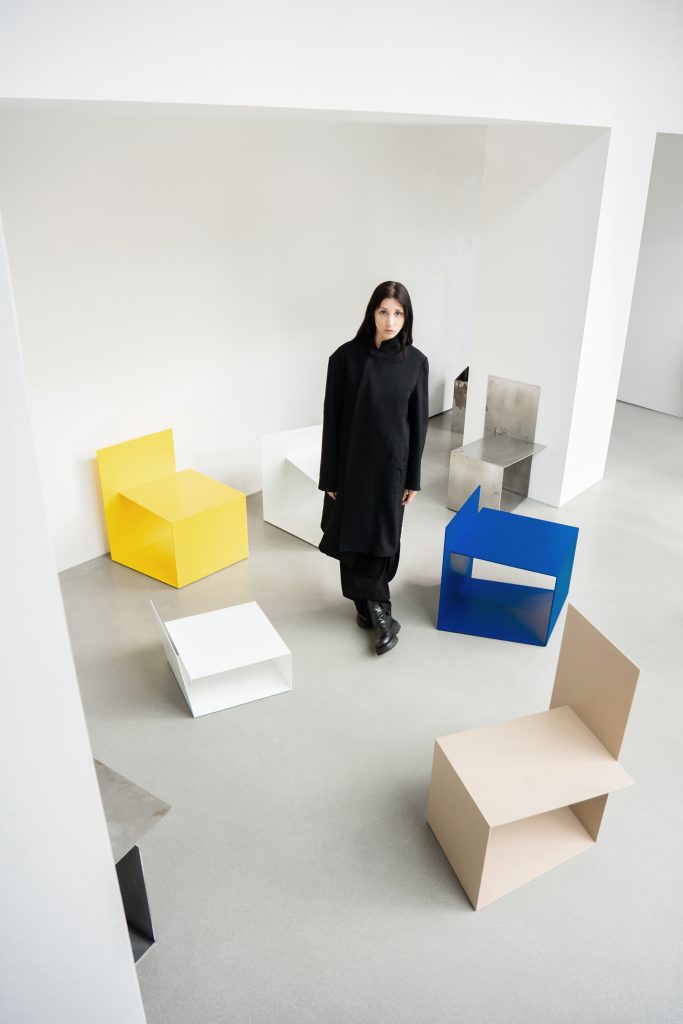

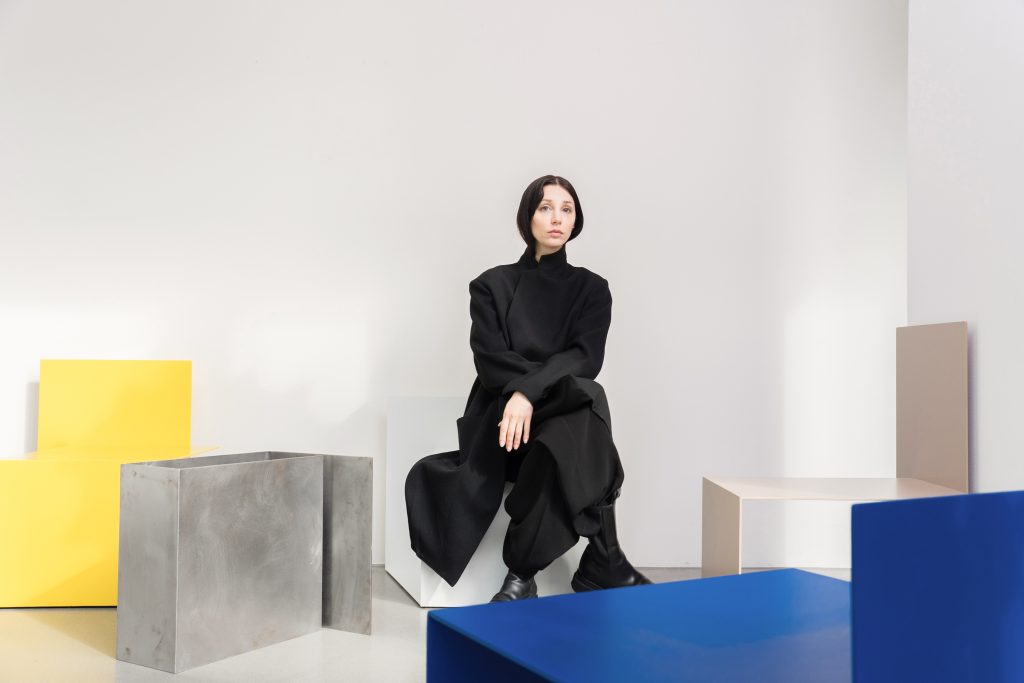

Looking Forward
The future of The Raum Objects remains deliberately undefined. Balas Pavisic approaches new concepts with patience, ensuring each design embodies her core principles of versatility and meaningful interaction.
Future collaborations with artists and designers promise to expand her creative horizons. Yet she remains committed to her foundational vision—creating furniture that transcends utility, inviting users to become active participants in spatial narratives.
A Concluding Perspective
The Raum Objects represents a contrasting perspective on minimalist design thinking. These seemingly simple pieces represent highly complex structures and theories, reminding us that there is more than what meets the eye.
It is a comprehensive exploration of how design can reshape our understanding of space, interaction, and personal environment. Through her meticulous, thoughtful approach, Carolin Balas Pavisic crafts experiences that challenge, engage, and ultimately transform.
Her work demonstrates that furniture can be a profound language—communicating complex ideas through physical form, inviting users to reconsider their relationship with the objects surrounding them.
Discover Available Works
-

 In stock
In stockRsup-1 – Steel Chair
€1.900 incl. tax -

 In stock
In stockRsup-1 In Yellow
€1.900 incl. tax -

 In stock
In stockRsup-2 – Steel Chair
€1.900 incl. tax -

 In stock
In stockRsup-2 In Anthracite Grey
€1.900 incl. tax -

 In stock
In stockRsup-3 – Steel Chair
€1.900 incl. tax -

 In stock
In stockRsup-3 In Black
€1.900 incl. tax -

 In stock
In stockRsup-4
€2.300 incl. tax -

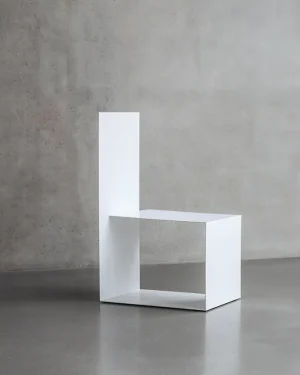 In stock
In stockRsup-4 – Steel Chair
€1.900 incl. tax -

 In stock
In stockRsup-4 Special Edition Black
€1.900 incl. tax

